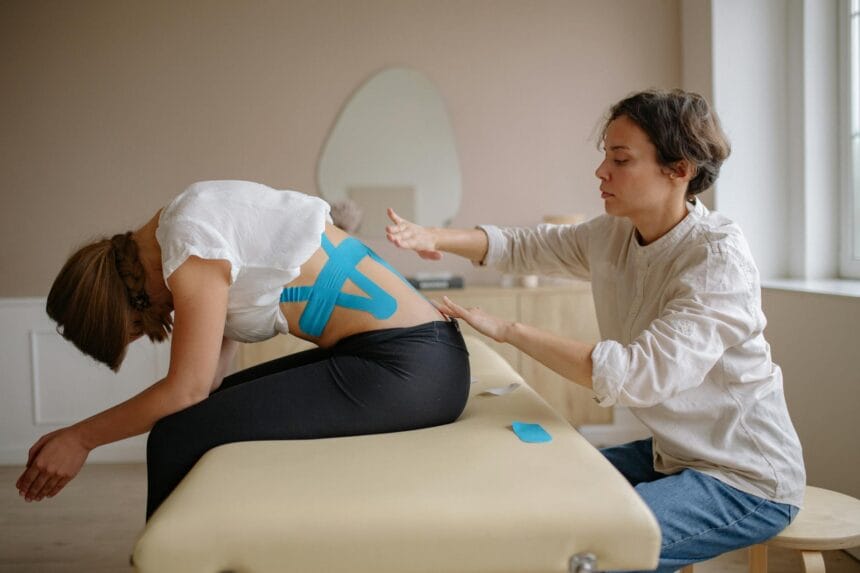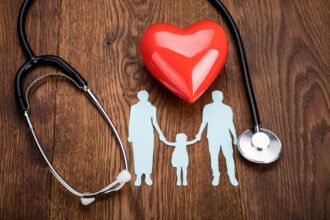A slip and fall can seem like a minor event at first glance. Perhaps you lose your footing on a wet floor or trip over an uneven sidewalk. Most people expect to brush it off with just a sore muscle or a little embarrassment. However, the reality is often far more complicated. What looks like a small accident can set off a chain of medical problems that affect your health for months or even years.
These incidents aren’t just about bruises or scrapes. They can cause fractures, head injuries, and damage to muscles and ligaments that require extensive care. The initial injury might heal, but secondary complications such as infections or chronic pain often emerge later. It is a situation that calls for attention beyond the immediate injury, as the road to recovery is rarely straightforward.
The long-term effects can influence quality of life in ways that many people fail to anticipate. Simple activities may become taxing, and mobility might decrease substantially. As a result, what was once a brief accident can shape a person’s daily experience and healthcare needs for an extended period. Recognizing the seriousness early can be crucial to getting the right care and support.
The Reality of Slip and Fall Injuries
According to Donaldson & Weston, slip and fall accidents are among the most common reasons people seek medical treatment. They happen in homes, workplaces, and public spaces without warning. The risk increases with age and health conditions, but anyone can be affected. Because these injuries vary widely, the medical response must be tailored to each individual’s needs.
Though bruises and cuts are frequent, more severe outcomes include hip fractures or traumatic brain injuries. These conditions often require surgery or rehabilitation. In some cases, the injury sets off a decline in physical ability, especially for older adults. The impact extends beyond the body, influencing mental and emotional health as people struggle to adjust to new limitations.
Healthcare systems face ongoing challenges managing these injuries effectively. Coordinating care between emergency services, specialists, and rehabilitation providers is critical to avoid gaps that could worsen outcomes. The complexity of these cases highlights the importance of preventive measures and comprehensive treatment plans designed to support both physical and emotional recovery.
How Medical Complications Develop After a Fall
After the initial injury, the body begins a complex healing process. Sometimes, complications arise that prolong recovery or introduce new problems. Infections can develop if wounds are not properly treated, leading to further hospital visits. Bone fractures may not heal correctly, causing chronic pain or mobility issues. This can result in repeated medical interventions and ongoing discomfort.
Beyond the physical, falls can trigger psychological challenges. The fear of falling again might lead to reduced activity, which then causes muscle weakness and balance problems. This cycle makes it easier to fall again, turning one accident into multiple incidents. Healthcare providers often emphasize the importance of physical therapy to break this pattern and rebuild confidence.
Addressing these complications requires a multi-faceted approach that considers the patient’s entire health picture. Mental health support, nutritional guidance, and social services all play roles in comprehensive care. Ignoring any of these aspects can hinder recovery and contribute to further health decline. Early recognition and coordinated care can help prevent many of these setbacks.
The Burden of Extended Care and Rehabilitation
Recovery from a slip and fall injury often requires more than rest. Physical therapy, medication, and sometimes surgery become part of the process. This extended care can disrupt daily routines and place emotional stress on the injured person and their family. Managing appointments, medications, and therapy sessions demands patience and resilience.
Financial strain frequently accompanies the medical burden. Medical bills, lost wages, and home modifications can add up quickly. The cost isn’t just measured in dollars but also in time and energy. These factors combine to create a complex situation where recovery extends far beyond the physical healing of the injury.
Communities and healthcare providers are exploring ways to reduce these burdens by improving access to care and offering support programs. Early intervention and personalized care plans show promise in easing the strain and promoting better outcomes for patients and caregivers alike. Supporting families during this time is just as important as treating the injury itself.
Preventive Measures in Healthcare and Public Spaces
Preventing slip and fall injuries involves both individual and systemic efforts. Healthcare providers often recommend balance training, strength exercises, and home safety assessments for vulnerable populations. Regular check-ups and managing chronic conditions also play a role in reducing risk. These measures help limit the chance of a fall occurring in the first place.
Public spaces and workplaces hold responsibility as well. Maintaining safe floors, adequate lighting, and clear signage reduces hazards. Many facilities implement policies for prompt cleanup and hazard reporting. These combined actions create environments that protect individuals from preventable injuries and contribute to community health.
Technology is also playing an increasing role in prevention. Wearable devices and monitoring systems can alert caregivers to potential risks or detect falls immediately. Innovations like these offer new tools to protect at-risk populations and reduce the overall incidence of injury. When prevention becomes a shared priority, communities benefit on multiple levels.
Finding Strength and Healing After a Fall
Recovery from a slip and fall injury is a journey that challenges the body and mind. It requires a willingness to adapt and seek support when needed. For many, healing comes in stages, with progress measured by small victories like walking without pain or regaining independence in daily tasks.
Building a support system of healthcare professionals, family, and friends is vital. These connections provide encouragement and practical help when the road feels overwhelming. Embracing patience and focusing on what can be done today rather than what is lost helps restore hope. With time and care, it is possible to move beyond the fall and reclaim a fuller life.
Long-term healing also includes redefining personal goals and accepting new limits without surrendering purpose. This mental shift often marks the difference between merely surviving and thriving after injury. Finding strength in resilience empowers people to live meaningful lives despite setbacks. Every small step forward becomes part of a larger story of recovery and growth.










